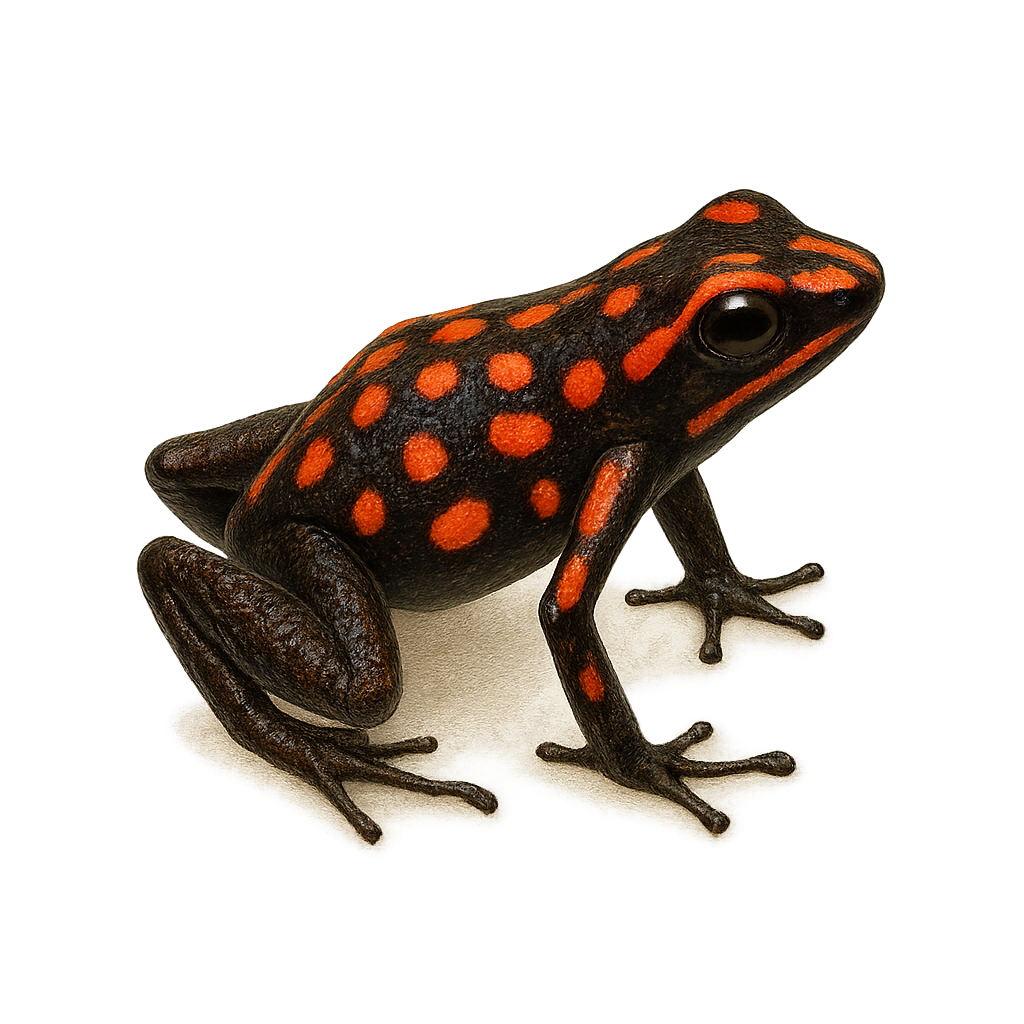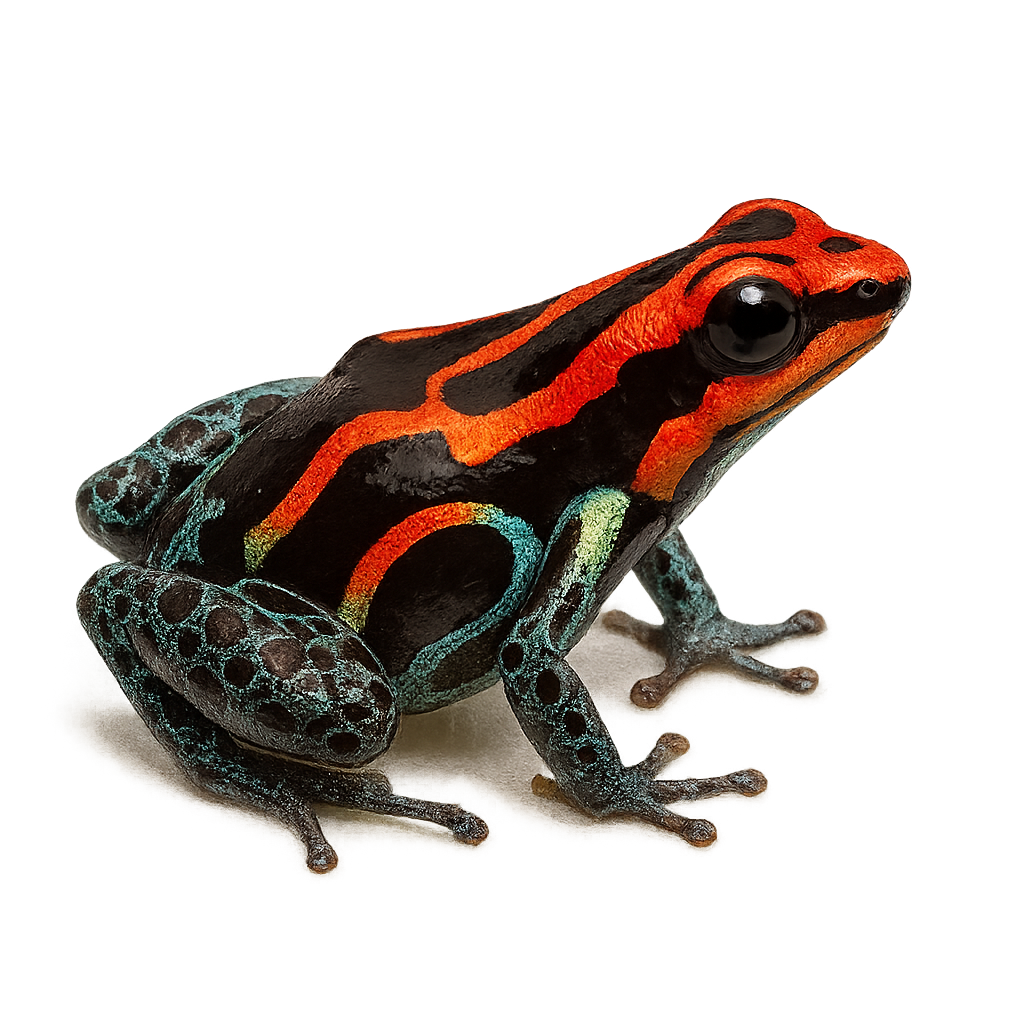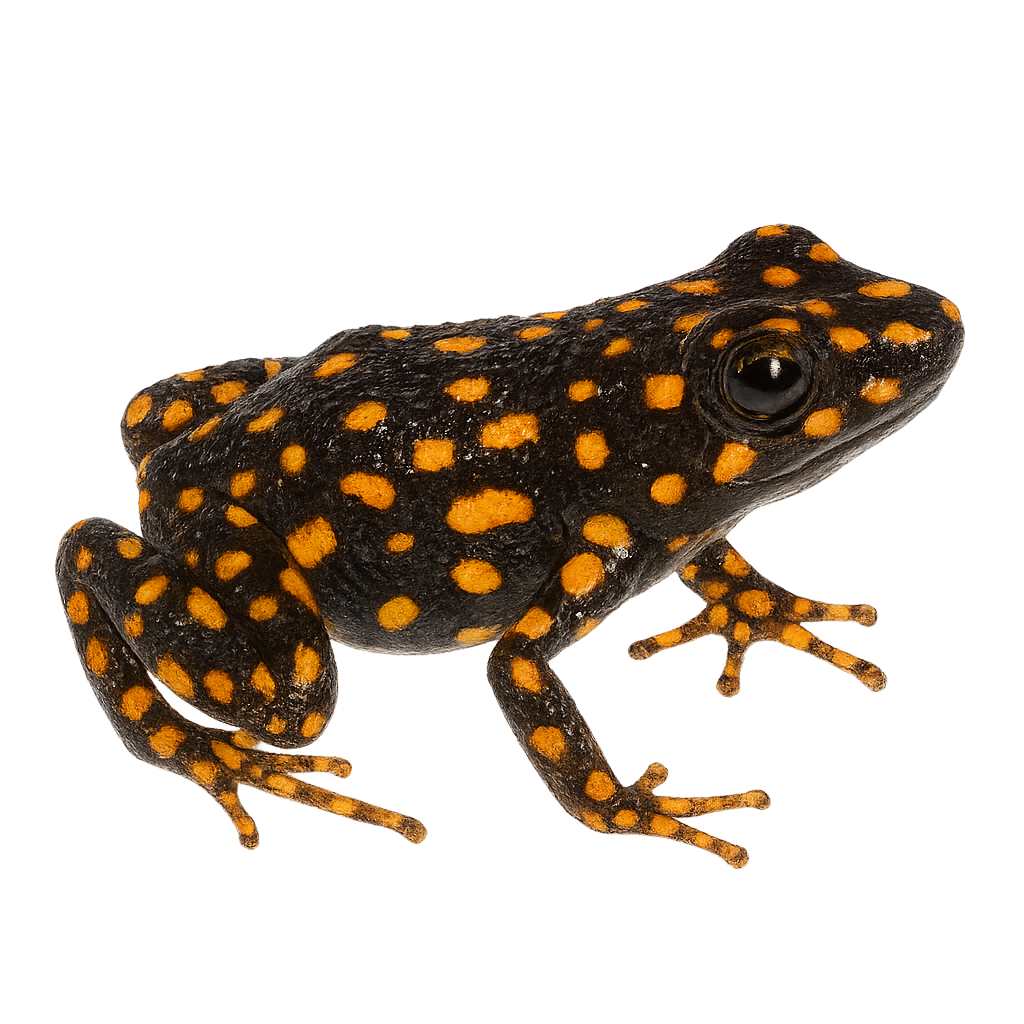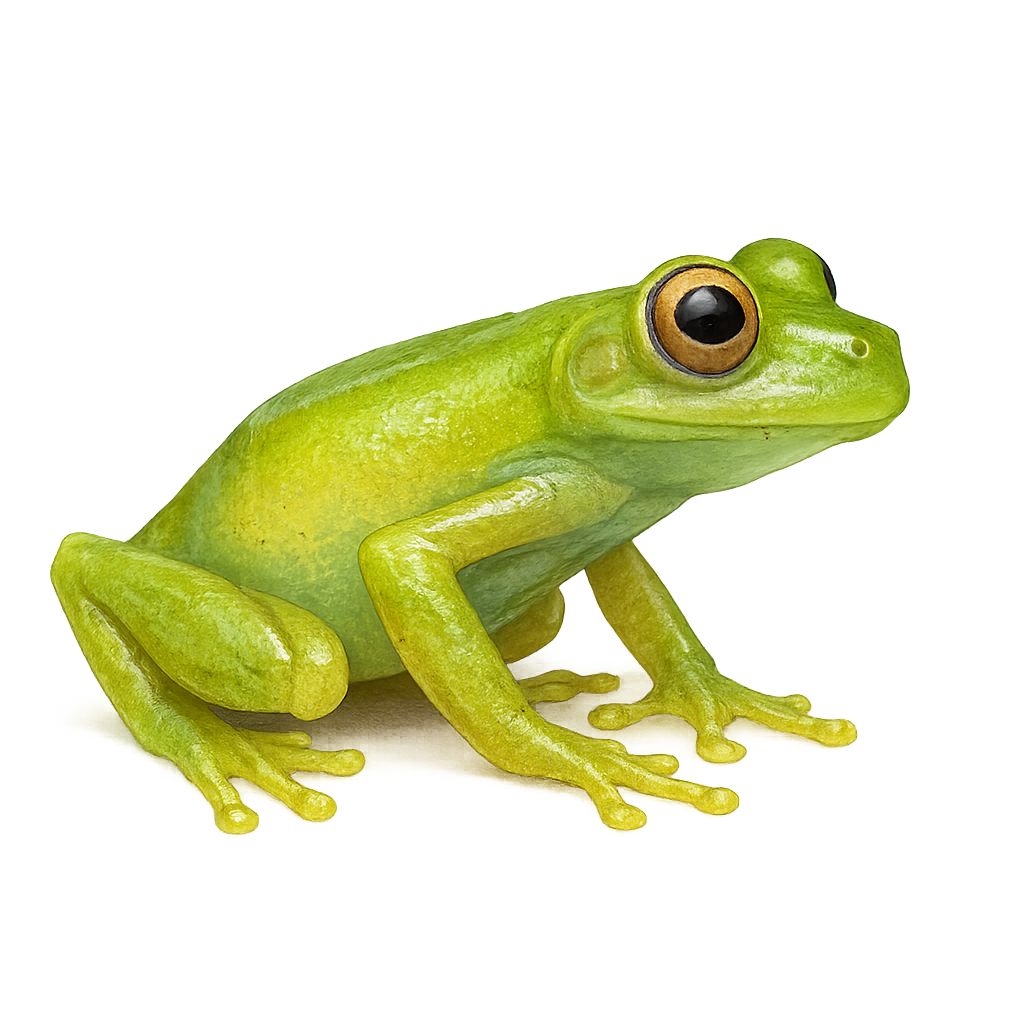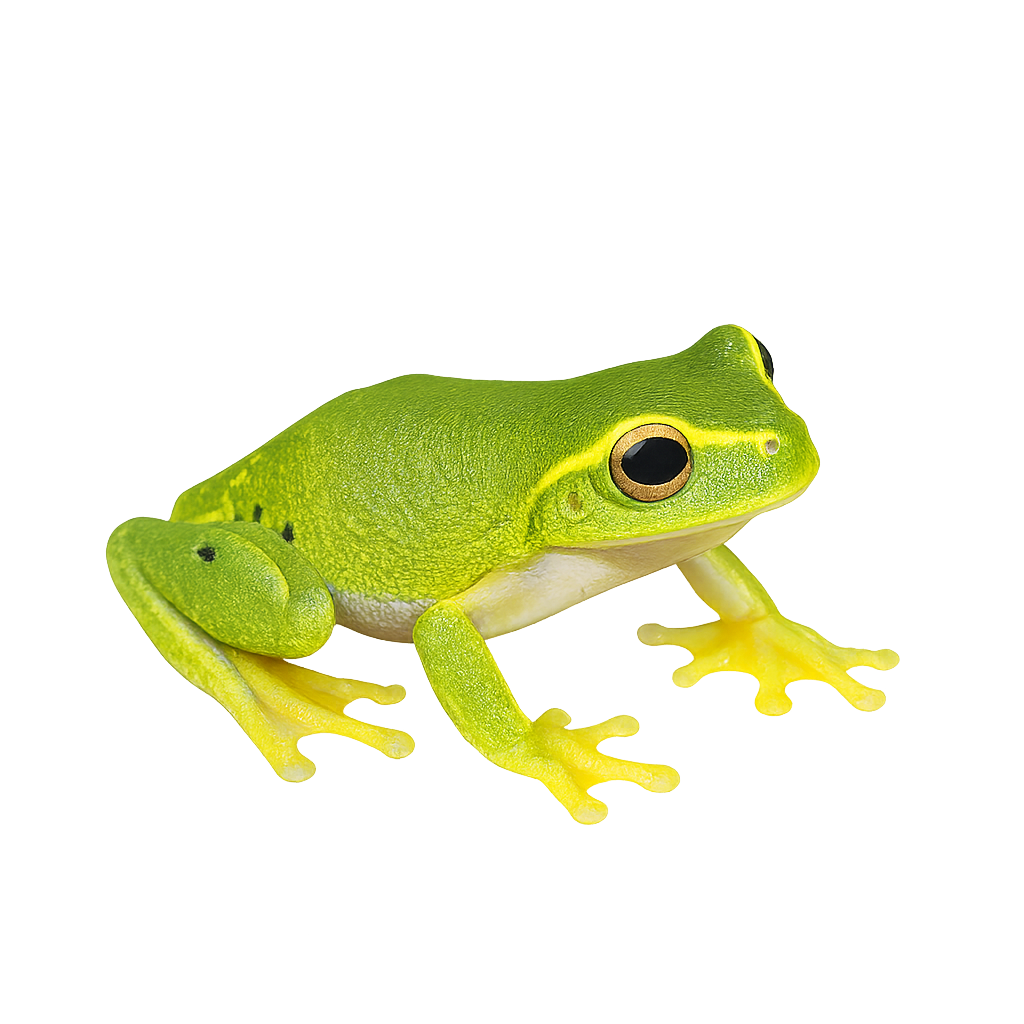Your wildlife tracking tool..
Browse 2,846species by country, track observations, and plan your photo outings.
Your global reference for wildlife photography
WildlifePhotographer gives you access to over 2,846 wildlife species sheets to help you identify, understand, and photograph wildlife around the world. Mammals, birds, reptiles… each sheet provides key information: habitat, activity, life cycle, signs of presence, and tailored photo tips.
Our database grows every week with new iconic species. To go further, access maps, reminders, logs, and personalized statistics in the app — designed to meet the real needs of wildlife photographers in the field.
Doris’ poison frog
Andinobates dorisswansonae
The Doris Swanson's Poison Frog, Andinobates dorisswansonae, is a fascinating species from the Dendrobatidae family. Endemic to the humid rainforests of Colombia, it primarily inhabits dense undergrowth and areas near water streams. This small frog, measuring about 2 cm, is renowned for its bright coloration, ranging from yellow to red, serving as a warning signal to potential predators. Indeed, it secretes powerful toxins through its skin, a common trait among poison frogs. Its behavior is generally suspicious, making it difficult to observe in its natural habitat. It plays a crucial role in the ecosystem by regulating insect populations. Unfortunately, it is threatened by deforestation and habitat loss.
Daly's Rocket Frog
Silverstoneia dalyi
The Silverstoneia dalyi, commonly known as Daly's Rocket Frog, is a small, brightly colored frog native to the humid rainforests of South America, particularly Colombia. It is characterized by its small size, usually less than 2 cm, and its vibrant color patterns ranging from brown to green with black markings. This species is often found near streams where it breeds. Although discreet, it plays a crucial role in the ecosystem as an insect predator. Its skin secretes toxic substances to defend against predators. Daly's Rocket Frog is an important indicator of habitat health, as it is sensitive to environmental changes.
Darwin's frog
Rhinoderma darwinii
Darwin's frog is a unique species discovered in Chile and Argentina, famous for its unusual reproductive behavior. After fertilization, males carry the eggs in their mouths until the tadpoles develop into small frogs. They are small in size, brown or green in color, and live in temperate forests, feeding on insects and small invertebrates. The species is threatened by habitat loss and pollution.
Darwin Wallace poison‑frog
Epipedobates darwinwallacei
The Darwin Wallace poison‑frog, Epipedobates darwinwallacei, is a fascinating species from the Dendrobatidae family. It is endemic to the humid tropical forests of Ecuador, primarily inhabiting lush undergrowth. This frog is distinguished by its bright colors and complex patterns, which serve to warn predators of its toxicity. It typically measures between 20 and 25 mm in length, making it a small species. Its distinctive call is often heard during the rainy season, when it is most active. The Darwin Wallace poison‑frog plays a crucial role in the ecosystem by regulating insect populations and serving as a bioindicator of environmental health.
Demerara Falls Treefrog
Boana cinerascens
The Demerara Falls Treefrog, or Boana cinerascens, is a species of amphibian in the Hylidae family. It is primarily found in the humid tropical forests of South America, particularly in Brazil, Colombia, and Peru. This frog is characterized by its grayish coloration, which allows it to effectively camouflage in its natural environment. It has suction pads at the tips of its fingers, facilitating its movement in trees. The Ashy Tree Frog is nocturnal and primarily feeds on insects. It plays an important role in the ecosystem by regulating insect populations. Although its conservation status is not of concern, deforestation poses a potential threat to its natural habitat.
Dainty Green Tree Frog
Litoria gracilenta
The Dainty Green Tree Frog, Litoria gracilenta, is a species of arboreal frog native to Australia. It is identifiable by its smooth, glossy skin, typically bright green, although some may exhibit shades of yellow or blue. Its eyes are prominent with a horizontal pupil, and its legs are long and slender, adapted for tree-dwelling. It primarily inhabits tropical rainforests, swamps, and wooded areas near water bodies. The Dainty Green Tree Frog is mostly nocturnal, feeding on insects and other small invertebrates. Although widely distributed, it is sensitive to environmental changes, particularly habitat loss and pollution.


